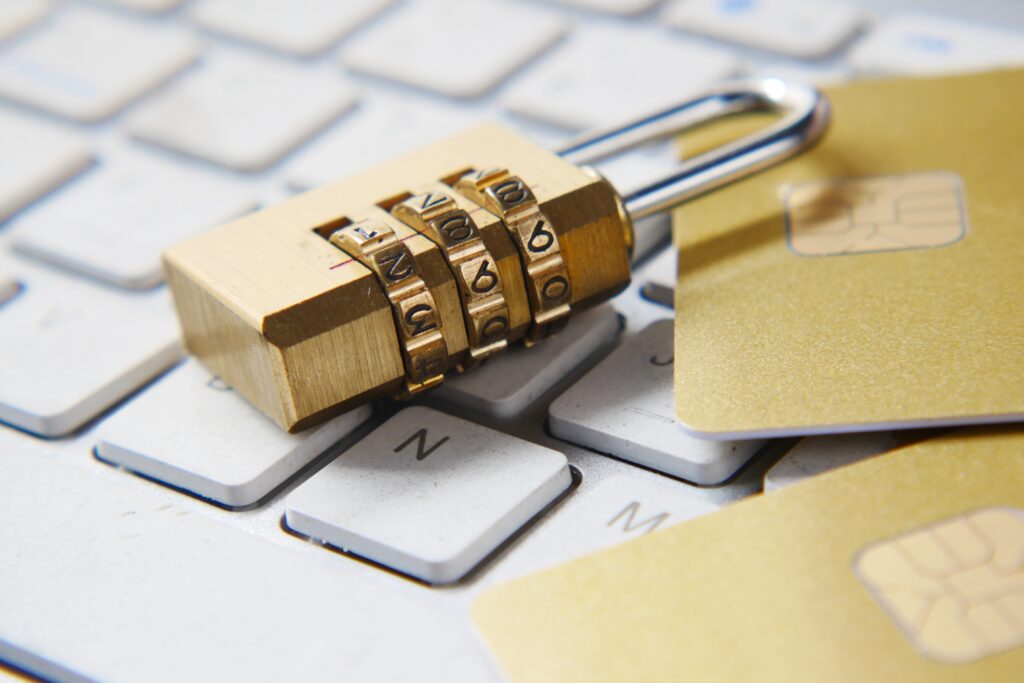
Why Would You Do This?
There are several compelling reasons why someone might want to consider migrating from 1Password to Bitwarden. Here are a few:
- Security: Bitwarden uses state-of-the-art encryption to protect your password vault and sensitive data, making it one of the most secure password managers available. In addition, it offers two-factor authentication as an extra layer of protection, ensuring that only you can access your account.
- Privacy: Bitwarden is an open-source password manager, which means that its code is available for anyone to review and improve upon. This level of transparency helps to ensure the privacy of your data. In addition, Bitwarden is committed to not selling or sharing your data with third parties.
- Convenience: Bitwarden’s cloud synchronization feature allows you to access your login credentials and personal information from any device with the app installed, making it a convenient choice for those who use multiple devices or platforms.
- User-friendly interface: Bitwarden has a straightforward, user-friendly interface that makes it easy to manage and organize your login credentials and personal information. You can even use it to generate strong, unique passwords for all of your accounts, which can help to improve your online security.
- Cost: Bitwarden is a free password manager, with the option to upgrade to a paid subscription for additional features such as family sharing and priority support. This makes it an affordable choice for those looking to improve their online security without breaking the bank.
- Cross-platform support: Bitwarden is available on a wide range of platforms, including Windows, Mac, Linux, iOS, Android, and as a browser extension for Chrome, Firefox, and Edge. This means that you can use it on all of your devices, regardless of operating system.
Switching to Bitwarden can provide you with increased security, privacy, convenience, and an overall better user experience. With its strong encryption, two-factor authentication, and commitment to privacy, Bitwarden is a reliable choice for protecting your login credentials and sensitive data.
Step by Step Guide
- Start by signing up for a Bitwarden account on their website (https://bitwarden.com/) or through their mobile app.
- Download and install the Bitwarden desktop app, mobile app, and/or browser extension, depending on which platforms you use 1Password on.
- Open the 1Password app on your computer and go to the “File” menu. Select “Export”, and choose the “All Items” option. Save the file as a CSV file.
- In the Bitwarden desktop app, go to the “Tools” menu and select “Import Data”. Choose the “1Password CSV” option and select the CSV file you exported from 1Password.
- Bitwarden will now import all of your login credentials, personal information, and credit card information from 1Password.
- If you have any sensitive data stored in 1Password that you do not want to import into Bitwarden, you can simply delete it from the CSV file before importing.
- Once the import process is complete, you can start using Bitwarden as your primary password manager.
- One of the benefits of Bitwarden is its cloud synchronization feature, which allows you to access your login credentials and personal information from any device with the app installed. Simply log in to your Bitwarden account on any device to get started.
- Another advantage of Bitwarden is its use of strong encryption and two-factor authentication to protect your password vault and sensitive data.
- Bitwarden is also a free and open-source password manager, which means that its code is available for anyone to review and improve upon. This helps to ensure the security and privacy of your data.
- Finally, Bitwarden has a user-friendly interface that makes it easy to manage and organize your login credentials and personal information. You can even use it to generate strong, unique passwords for all of your accounts to further improve your online security.